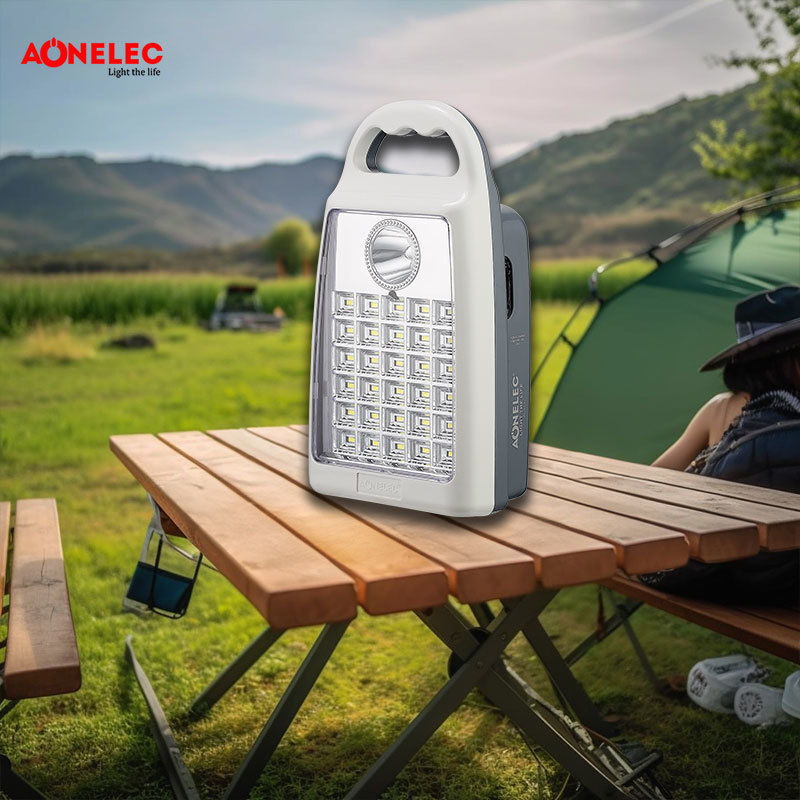All
- All
- Product Management
- News
- Introduction
- Enterprise outlets
- FAQ
- Enterprise Video
- Enterprise Atlas
Maximizing Efficiency with Your Rechargeable Emergency Lamp: A Comprehensive Guide
2025-07-02
Getting the Most Out of Your Rechargeable Emergency Lamp
Introduction to Rechargeable Emergency Lamps
In an age where power outages can occur unexpectedly, having a reliable light source is crucial. **Rechargeable emergency lamps** serve as practical solutions that not only illuminate your surroundings but also provide peace of mind during emergencies. Understanding how to maximize the utility of your rechargeable emergency lamp can significantly enhance your safety and preparedness.
Understanding the Features of Rechargeable Emergency Lamps
Types of Rechargeable Emergency Lamps
Rechargeable emergency lamps come in various types, each designed for specific needs. Here are some common types:
- **LED Rechargeable Lamps**: These are energy-efficient and long-lasting, providing bright illumination while consuming minimal power.
- **Halogen Rechargeable Lamps**: Known for their ability to produce a warm light, halogen lamps are ideal for creating a cozy atmosphere.
- **Solar Rechargeable Lamps**: These lamps harness solar energy and are perfect for outdoor use or areas with limited electricity access.
Key Features to Look For
When choosing a rechargeable emergency lamp, consider the following features:
- **Battery Life**: Look for lamps with longer battery life to ensure they last during extended outages.
- **Brightness Levels**: Many lamps offer adjustable brightness settings, allowing you to customize the light output according to your needs.
- **Portability**: Lightweight and compact designs make lamps easy to transport and use in various locations.
Maximizing Battery Life of Your Emergency Lamp
Charging Practices
To ensure your lamp is always ready for use, follow these charging practices:
- **Regular Charging**: Recharge the lamp at least once every three months, even if it hasn’t been used. This helps maintain battery health.
- **Avoid Overcharging**: Disconnect the lamp once it’s fully charged to prevent battery damage.
Storage Tips
Proper storage is essential to prolonging the lifespan of your emergency lamp:
- **Cool, Dry Place**: Store your lamp in a cool, dry location to prevent moisture buildup and heat exposure, which can damage the battery.
- **Away from Direct Sunlight**: Prolonged exposure to sunlight can degrade the battery and overall performance of the lamp.
Optimal Usage Scenarios for Rechargeable Emergency Lamps
During Power Outages
During an unexpected power outage, having a **rechargeable emergency lamp** ensures you can navigate your home safely. Always keep your lamp in a designated spot, so you know where to find it when the lights go out.
Outdoor Activities and Camping
Rechargeable emergency lamps are invaluable for outdoor enthusiasts. Use them during camping trips for nighttime lighting or as a safety measure during emergencies.
Maintenance Tips for Longevity
Regular Cleaning
Keeping your lamp clean ensures optimal performance. Wipe the exterior with a soft, damp cloth to remove dust and dirt, which can interfere with the light output.
Inspecting for Damage
Regularly check the lamp for any signs of wear or damage, particularly the charging port and battery compartment. Address any issues promptly to prevent further damage.
Troubleshooting Common Issues
Dim Light Output
If your lamp’s brightness has decreased, consider the following:
- **Battery Replacement**: The battery may need replacing if it can no longer hold a charge effectively.
- **Cleaning the Bulb**: Accumulated dirt can reduce light output, so ensure the bulb is clean.
Charging Problems
If your lamp isn’t charging properly, check:
- **Power Source**: Ensure the outlet is functional and supplying power.
- **Charger Condition**: Inspect the charger for any signs of wear and tear. If damaged, replace it with a compatible charger.
Safety Precautions When Using Emergency Lamps
Avoiding Fire Hazards
Always follow manufacturer guidelines when using rechargeable emergency lamps. Avoid using them near flammable materials, and never leave them unattended while charging.
Handling with Care
Rechargeable emergency lamps are typically designed to withstand minor drops, but excessive force can cause damage. Handle your lamp with care to ensure its longevity.
Frequently Asked Questions (FAQs)
1. How long does a rechargeable emergency lamp last on a full charge?
The duration varies by model, but most rechargeable emergency lamps provide light for 4 to 12 hours on a full charge, depending on brightness settings.
2. Can I use a rechargeable emergency lamp while it’s charging?
Generally, it is not recommended to use lamps while charging as it can lead to overheating and potential damage to the battery.
3. What should I do if my lamp doesn’t turn on after charging?
First, check the charger and outlet. If these are functional, the battery may need replacement or the lamp may require servicing.
4. Are rechargeable emergency lamps waterproof?
Not all models are waterproof; however, some are designed for outdoor use and offer water resistance. Always check the specifications before use in wet conditions.
5. How often should I replace the battery in my emergency lamp?
Typically, batteries should be replaced every 1-3 years, depending on usage and type. Regular performance checks can help determine when a replacement is necessary.
Conclusion
In conclusion, **maximizing the use of your rechargeable emergency lamp** involves understanding its features, proper maintenance, and safe usage practices. By following the outlined tips and recommendations, you can ensure that your lamp remains functional and reliable during emergencies. Always remember to engage in regular upkeep and store it properly to enhance its longevity. With the right approach, your rechargeable emergency lamp can serve as a vital tool in ensuring your safety and comfort in various situations.
Previous Page
Related News


